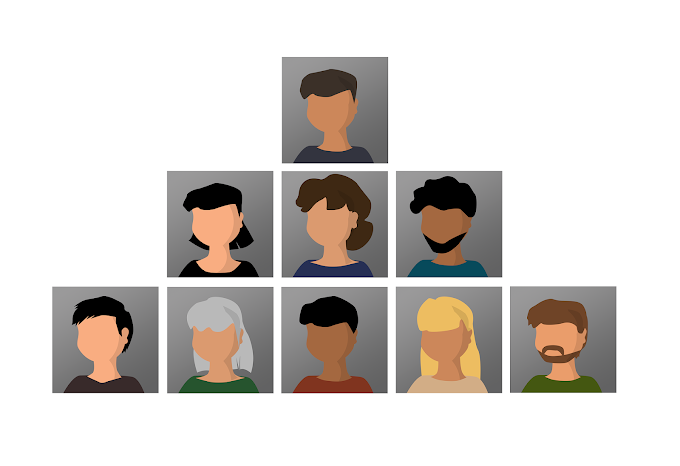Employee Grievances
A Grievance can be
broadly defined as employees’ dissatisfaction or feeling of personal injustice
related to their employment. It is said that a Grievance arises when an
employee feels that something has happened to him or is happening to him, that
he believes that it is unfair, unjust or inequitable. Discontentment or
dissatisfaction with something, it is worth remembering here, is not a Grievance. Feelings of unhappiness must find their way in the form of
complaint. When the complaint remains unattended and the aggrieved employee
feels that he is being taken, rightly or wrongly, for valid or ridiculous
reasons, dissatisfaction grows and assumes the status of a Grievance. Therefore,
a Grievance is a complaint that has been put in writing and formalised. (Jucious)
FEATURES OF GRIEVANCE:
If we analyze the views
of various experts cited above, some notable features clearly emerge:
1. A Grievance refers
to any form of discontent or dissatisfaction with any aspect of the
organisation.
2. Dissatisfaction must
arise for work reasons and not due to personal or family problems.
3. Discontent can arise
for real or imagined reasons. When an employee feels that injustice has been
done to him, he has a Grievance. The reason for such a feeling may be valid or
invalid, legitimate or irrational, justifiable or ridiculous. The
dissatisfaction, moreover, may be voiced or unvoiced.
4. Dissatisfaction,
moreover, may be voiced or unvoiced. But it must find expression somehow.
However, discontent itself is not a Grievance. Initially, the employee can
complain verbally or in writing. If this is not discussed promptly, the
employee feels a sense of lack or injustice. Now the discontent grows and takes
the form of a Grievance.
5. A Grievance, in
general terms, can refer to the perception of non-compliance with the
expectations of a person that leads to dissatisfaction with any aspect of the
organization.
FORMS OF GRIEVANCES:
A Grievance can take
any one of the following forms:
1. Factual:
A factual Grievance arises when the legitimate needs of the employee are not
met.
2. Imaginary:
When an employee’s dissatisfaction is not due to valid reason but to an
incorrect perception, an incorrect attitude, or wrong information he has.
3. Disguised:
An employee may be dissatisfied for reasons unknown to himself. If he/she is
under pressure from family, friends, relatives, neighbours, he/she may come to
the workplace with a heavy heart.
CAUSES OF GRIEVANCE:
Grievances may occur
for a number of reasons (Mills, Fossum,
Jennings)
1. Economic: Wage
fixation or salary setting, overtime, bonus, salary review, etc. Employees may
feel that they are being paid less compared to others.
2. Work Environment:
Poor safety and physical conditions, lack of availability of adequate tools and
machinery, unrealistic targets, poor material quality etc.
3. Supervision: It relates
to the supervisor’s attitudes towards the employee, such as perceived notions
of bias, favoritism, nepotism, caste affiliations, regional sentiments, etc.
4. Work group: The employee
cannot adapt with his colleagues; suffers from feelings of neglect,
victimization and becomes the object of ridicule and humiliation, etc.
5. Others: These include
matters related to (management policies) certain violations regarding promotions,
safety methods, transfer, disciplinary rules, fines, granting leave, medical
facilities, etc.
STEPS IN GRIEVANCE PROCEDURE:
1. Identify Grievances:
Management must identify employee dissatisfaction or Grievance if they are not
expressed. If they are ventilated, management should recognize them immediately.
2. Define Correctly: Management
has to define the problem adequately and precisely after it is identified/recognized.
3. Collect Data: Complete information should
be collected from all parties related to the Grievance. The information should
be classified as facts, data, opinions, etc.
4. Analyze and Solve: You
must analyze the information, develop alternative solutions to the problem and
select the best solution.
5. Immediate Redressal:
The Grievance should be resolved through the implementation of the solution.
6. Implement and Follow
up: The implementation of the solution should be monitored at each stage to
ensure effective and rapid implementation.










0 Comments
Please do not enter any spam link in the comment box.